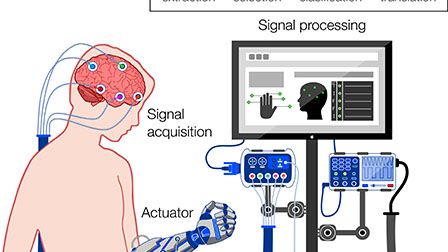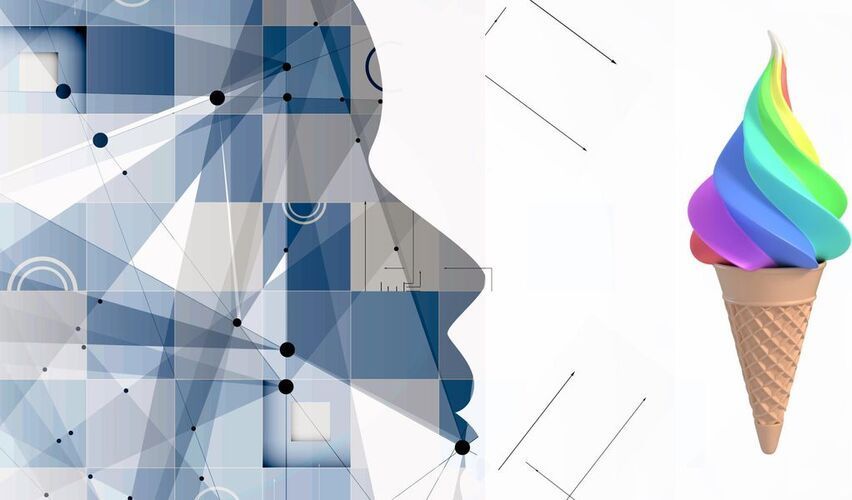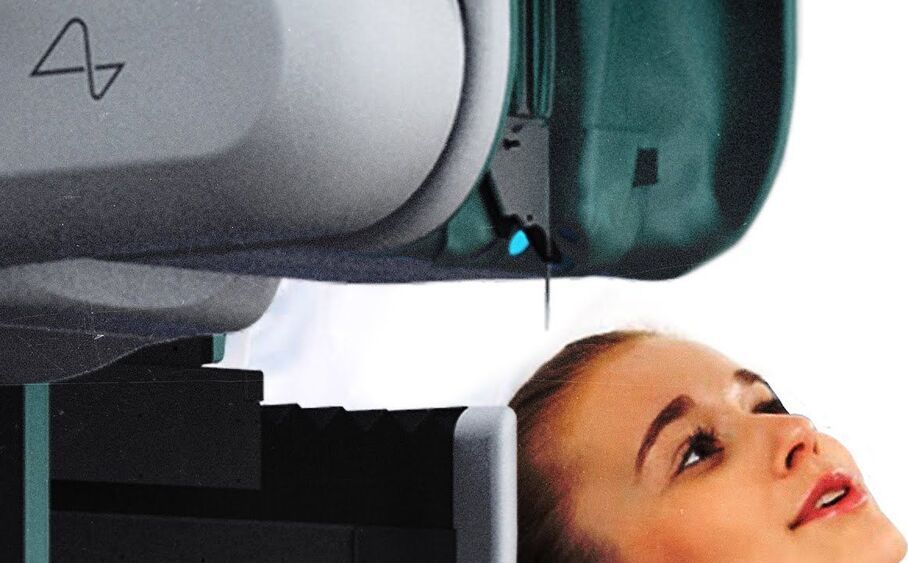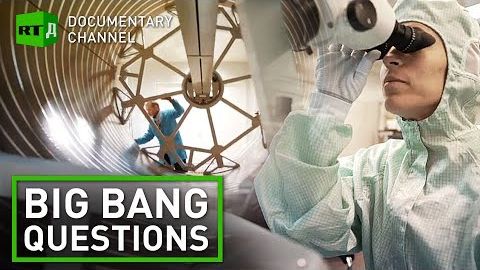Brain–computer interfaces (BCIs) provide bidirectional communication between the brain and output devices that translate user intent into function. Among the different brain imaging techniques used to operate BCIs, electroencephalography (EEG) constitutes the preferred method of choice, owing to its relative low cost, ease of use, high temporal resolution, and noninvasiveness. In recent years, significant progress in wearable technologies and computational intelligence has greatly enhanced the performance and capabilities of EEG-based BCIs (eBCIs) and propelled their migration out of the laboratory and into real-world environments. This rapid translation constitutes a paradigm shift in human–machine interaction that will deeply transform different industries in the near future, including healthcare and wellbeing, entertainment, security, education, and marketing. In this contribution, the state-of-the-art in wearable biosensing is reviewed, focusing on the development of novel electrode interfaces for long term and noninvasive EEG monitoring. Commercially available EEG platforms are surveyed, and a comparative analysis is presented based on the benefits and limitations they provide for eBCI development. Emerging applications in neuroscientific research and future trends related to the widespread implementation of eBCIs for medical and nonmedical uses are discussed. Finally, a commentary on the ethical, social, and legal concerns associated with this increasingly ubiquitous technology is provided, as well as general recommendations to address key issues related to mainstream consumer adoption.
Imagine an AI with an imagination
Posted in robotics/AI
One of the holy grails of computer science is the development of an AI that can extrapolate from data. A team of researchers from the University of Southern California has announced the development of something profoundly new — a model for an AI with imagination.
Understanding “why” may be the key to unlocking an AI’s imagination.
When will Neuralink be available to healthy individuals? It’s difficult to find a coherent train of thought pertaining to this question specifically.
Recently, I’ve started thinking more in terms of regulatory approval rather than rough timeline estimates. This sent me down a fascinating path learning more about how medical devices in general make it through “the system.”
This video essay hopefully ties together that research in an accessible way that addresses the topic more directly.
Cheers.
Andrew.
Scientists hunting for elusive gravitational waves across the universe may be able to supercharge their discoveries with a new tool: artificial intelligence.
Gravitational waves are ripples in spacetime, created when a massive object is accelerated or disturbed, such as when a black hole and a neutron star collide. Theorized by Albert Einstein, their existence was confirmed in 2015 with the first gravitational wave discovery by researchers using LIGO (the advanced Laser Interferometer Gravitational-Wave Observatory). Now, just six years later, there have been at least 50 gravitational wave events detected.
Update now: The ream of bugs includes some remotely exploitable code execution flaws. Still to come: a fix for what makes iPhones easy prey for Pegasus spyware.
IPhone users, drop what you’re doing and update now: Apple has issued a warning about a ream of code-execution vulnerabilities – some of which are remotely exploitable – and experts are emphatically recommending an ASAP update to version 14.7 of iOS and iPadOS.
Unfortunately, you aren’t getting a fix for the flaw that makes your iPhones easy prey for Pegasus spyware. As headlines have focused on all week, a zero-click zero-day in Apple’s iMessage feature is being exploited by NSO Group’s notorious Pegasus mobile spyware: A spyware blitz enabled by a bug that has given the security community pause about the security of Apple’s closed ecosystem.
New Linux flaws and an unpatched privilege escalation flaw in Windows could let attackers gain the highest system privileges.
Researchers warn about a new malware that hides among Windows Defender’s exclusions to evade detection by the antivirus program.
RT Documentary’s new film Russia’s NICA: Big Bang questions takes you to the Russian nuclear facility in Dubna where a collider is being built as part of the NICA mega-science project. It can recreate the beginning of the world 14 billion years ago.
This research can be used to learn how the universe was formed, according to the Big Bang theory, and the data obtained in the process will be essential to many other areas of science.
The Joint Institute for Nuclear Research in Dubna has been operating since Soviet times, and this is where the Synchrophasotron elementary particle accelerator was built in the 1960s. It is still functional and can be used, but it takes an excessive amount of energy. Nevertheless, it remains a monument to Soviet science and the attempts to learn about the universe.
The modern state-of-the-art collider called Nuclotron accelerates the charged particles. They fly towards each other and eventually meet. They collide at a rate of 7000 per second. This seems a lot, but drawing profound conclusions or making a discovery as big as the Higgs Boson takes months and even years of gathering statistics. The Boson was predicted by Nobel Prize-winning physicist Peter Higgs in 1964 and practically proved in 2012. The discovery was made on the CERN collider in Switzerland.
Besides, it is tough to observe the particles since their small size makes them indiscernible not just for the human eye but also for many devices. In this microcosm, a tiny grain of sand is equivalent to planet Earth! But once it’s done, the scientists are hoping to recreate matter formed following the Big Bang.
But the collider is not only about the past. Learning more about magnetic fields can be used in modern science and everyday life. What spectacular results the collider research yields — find out in the film!
TIMESTAMPS
Intel’s client computing group saw $10.1 billion in revenue.
Intel’s Q2 2021 earnings results are in, and the company rode positive PC sales to results that beat expectations. It promises more new on its chip advancements on July 26th.









